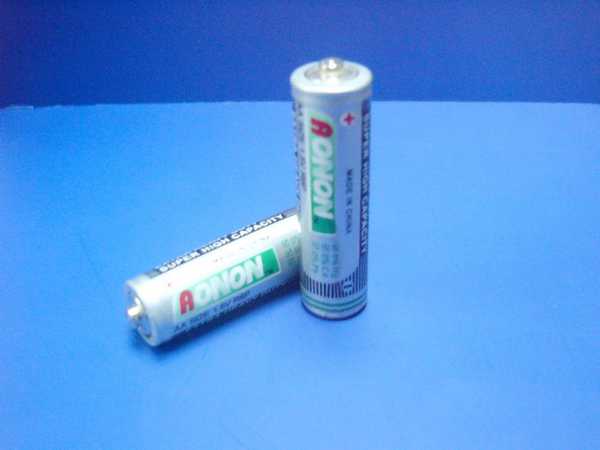- Home
- Products
- Elementary
- Boride Powder
- 3D Printing Powder
- Sulfide Powder
- Oxide Powder
- Carbide powder
- Nitride Powder
- Silicide Powder
- Hydride Powder
- Telluride Powder
- Selenide Powder
- Stearic Acid Series
- Phosphide Powder
- Nanoparticles
- Metal Alloy
- MAX Phase
- Lithium Battery Anode
- Surfactant
- Molecular sieves
- Concrete Admixtures
- News
- Answers
- Contact
- About
The common problems in the use and maintenance of lithium batteries
U.S. natural gas futures rose about 5 percent to a near nine-week high as global energy prices surged on concerns over a pricing plan for energy exports, keeping U.S. LNG export demand near record highs. U.S. natural gas prices have risen despite forecasts of mild weather and lower-than-expected demand, which will allow utilities to fill up storage facilities next week. On Wednesday, Germany launched an emergency plan to manage gas supplies in Europe's largest economy. If natural gas supplies are interrupted or stopped, the German government could take unprecedented steps to limit electricity supply.
Affected by the increase in the price of natural gas, the price of the lithium-ion battery will also increase.
1. Basic concepts of lithium-ion battery:
The lithium-ion battery has a nominal voltage of 3.7V (3.6V) and a charge cut-off voltage of 4.2V (4.1V, which has different designs according to the brand of the battery). (The specification for lithium-ion batteries is: lithium-ion secondary batteries
2. Requirements for charging lithium-ion battery (GB/T182872000 specification)
First of all, constant current charging, that is, the current is constant, and the battery voltage gradually increases with the charging process. When the battery terminal voltage reaches 4.2V (4.1V), the constant current charging is changed to constant voltage charging; the voltage is constant, and the current is based on the battery. The saturation level gradually decreases as the charging process continues, and when it decreases to 0.01C, the charging is considered to be terminated. (C is a way of expressing the battery's nominal capacity against the current. For example, if the battery has a capacity of 1000mAh, 1C is the charging current of 1000mA. Note that it is me instead of mAh, and 0.01C is 10mA.) Of course, the standard representation is 0.01 C5A, simplified here.

3. Why do you think 0.01C is the end of charging?
This is stipulated by the national standard GB/T18287-2000, and it is also discussed. In the past, everyone generally ended with 20mA. The industry standard YD/T998-1999 of the Ministry of Posts and Telecommunications also stipulates that no matter how large the battery capacity is, the stop current is 20mA. The 0.01C specified by the national standard helps charge more fully, which is beneficial for the manufacturer to pass the appraisal. In addition, the national standard stipulates that the charging time should not exceed 8 hours; that is to say, even if it has not reached 0.01C, the charging is considered to be over after 8 hours. (Batteries with good quality should reach 0.01C within 8 hours, for batteries with poor quality, it is meaningless to wait).
4. How to distinguish whether the battery is 4.1V or 4.2V?
Consumers are indistinguishable; it depends on the product specification of the cell manufacturer. Some brands of batteries are 4.1V and 4.2V universal, such as A&TB (Toshiba); domestic manufacturers are 4.2V, but there are exceptions, such as Tianjin Lishen is 4.1V (but it is currently 4.2V).
High-quality graphite supplier
Luoyang Moon & Star New Energy Technology Co., LTD, founded on October 17, 2008, is a high-tech enterprise committed to developing, producing, processing, selling, and technical services of lithium-ion battery anode materials. After more than 10 years of development, the company has gradually developed into a diversified product structure with natural graphite, artificial graphite, composite graphite, intermediate phase, and other negative materials (silicon-carbon materials, etc.). The products are widely used in high-end lithium-ion digital power and energy storage batteries. If you are looking for Lithium battery anode material, click on the needed products and send us an inquiry:sales@graphite-corp.com.
Since the beginning of this year, China's macro policies have made continuous efforts to stabilize economic growth. America and Europe are raising interest rates to control inflation. On March the European Central Bank left its three key interest rates unchanged and began to scale back its asset-purchase programme. Then the Federal Reserve raised the target range of the federal funds rate by 25 basis points to 0.25%-0.5%. The accelerated tightening of monetary policies in the US and Europe pushed capital back to the US and increased interest rates, which will definitely increase the risk of RMB depreciation and capital outflow. The price and market of the lithium-ion battery will also be affected, resulting in a range of fluctuations. You are welcome to contact us for the latest quotation of lithium-ion battery.
Inquiry us